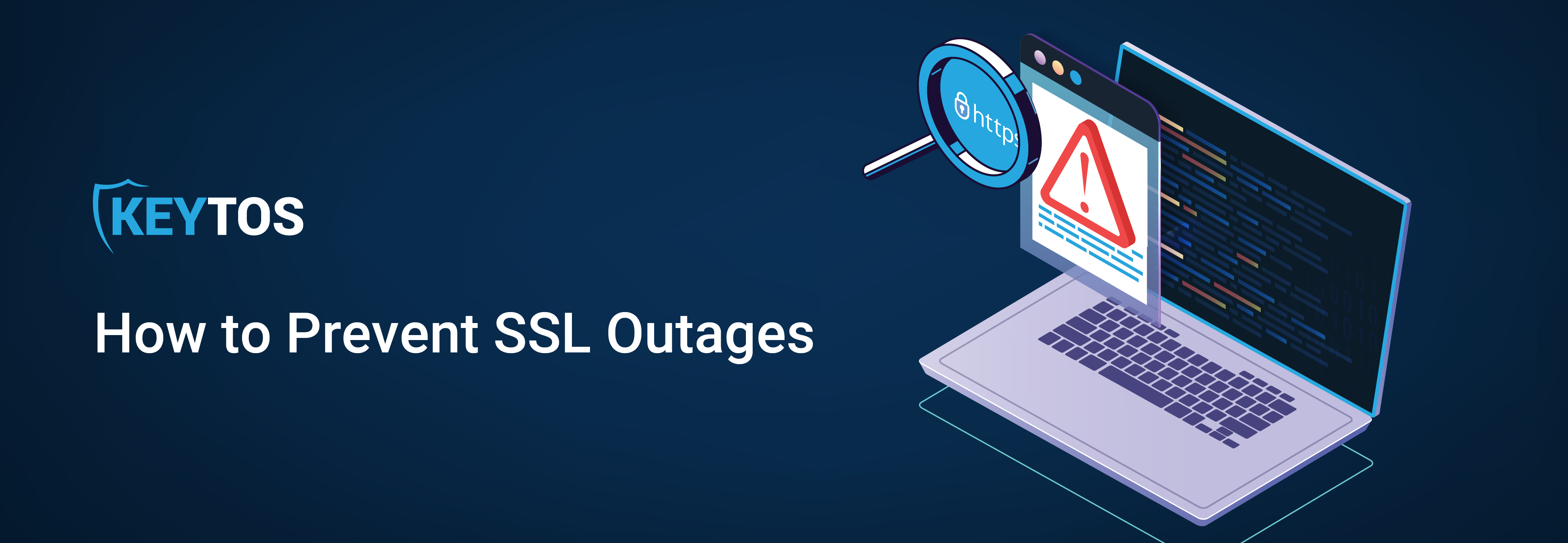
TLDR: Automating SSL Certificate Management removes the inevitable human error associated with almost every SSL outage. Keep reading, follow these steps, and you’ll significantly reduce the likelihood of any SSL certificate outages in the future.
Preventing SSL certificate outages is a critical function when it comes to keeping your website available and operational. Most outages occur due to the highly manual nature of certificate management, and the inevitable human error associated with such tasks. Did you know that about 40% of organizations are currently managing their certificates via Excel? Think you’ve got it under control? Think again. Not even Google is immune. 4 hours of downtime…yikes! How much would that cost your business?
CSOOnline estimates that larger organizations (think Global 5000 companies) incur expenses of $15 Million on average to recover from certificate-based outages. More specifically, Gartner projects a business loss of nearly $6k per minute when a firm is hit by an unexpected certificate-related outage!
Every SSL certificate has a set expiry date, and publicly issued certificates are only valid for 398 days. And soon enough, TLS certificates are moving towards a 90 day cycle. Unlike other subscriptions that auto-renew, SSL certificates don’t renew themselves. That responsibility typically falls on the PKI or security team.
Just to reiterate, some of the most well educated and practiced cybersecurity experts from companies like StarLink and Microsoft have all experienced SSL related outages.
Save yourself a lot of time and stress and keep on reading. Here’s a comprehensive list of how to prevent SSL certificate outages.
The first step into automating your SSL issuance is getting visibility into your SSL health and all your certificates, we recommend using an SSL monitoring tool that can help you find all your private and public Certificates and alert you of any issues with any of them.
Generally speaking, human error is usually the main culprit for certificate-related outages. Automate to eliminate error-prone and inefficient operational practices of having to manually check on certificate acquisition, deployment, renewal, revocation, and retirement. A cloud based certificate orchestration tool can help you remove the human from the equation.
You probably already are protecting your certificates with a Key Vault, have your security logs go to a SIEM, and a variety of other tools to assist in the management of your certificates. When you’re searching for a solution to fully automate the process, choose a vendor that seamlessly integrates with your existing security infrastructure to avoid friction during the implementation process.
Create a detailed policy on certificate management: Implement a strong certificate lifecycle management policy that includes routine and vigorous checks on your certificates. The policy should cover who is responsible for managing SSL certificates, when and how they should be renewed, how changes should be documented as well as best practices and examples on how to manage certificates, taking all the guess work from the users managing the certificates.
If you’ve made it this far, you’ve already taken a huge step in the right direction when it comes to ensuring the security of your organization’s certificates. You’re also probably eager to learn more, and here’ the link to the full study from the [Ponemon Institute] (https://f.hubspotusercontent40.net/hubfs/408597/Keyfactor%20White%20Papers/State-of-Machine-Identity-Management-Keyfactor-Ponemon-2021.pdf) titled, “The State of Machine Identity Management.”
While some of the statistics may seem daunting, don’t let them fool you. PKI isn’t as hard as it seems. Here at Keytos we pride ourselves on simplifying the process, making the best user experience, and helping companies all over the world secure and automate their certificate management process.